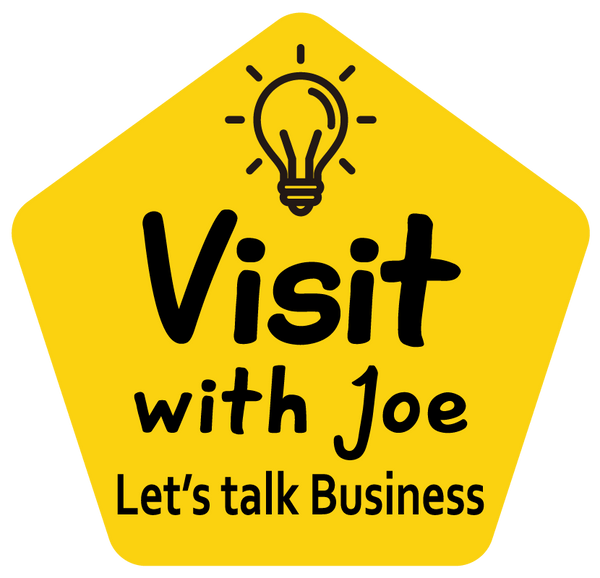Buying a Business? What are you buying? Part 2
Share
Part 1 from the "What are you buying" series discussed the difference between a stock purchase and an asset purchase. Part 2 covers some of the tax and financial issues related to an Asset Purchase. It's not overly complicated, but its the kind of thing that people don't do very often, so it is foreign to them.
Basically, when you are doing an asset purchase, you list all of the assets being bought. Let's pretend you are buying a hamburger restaurant with a single location for $100,000. You create a list of the assets you are buying:
Food (buns and meat): $20,000
Kitchen Equipment: $30,000
Furniture and Fixtures: $10,000
Goodwill: $40,000
Notice how it all totals up to $100,000. You might ask: Why do you list and assign a value to these assets? Here's why. Each category of asset is treated a little differently tax-wise. Specifically, these categories depreciate on different schedules.
You food is treated like inventory, so it can be treated as a product cost. But your kitchen equipment has to be depreciated over 7 years, meaning you can only expense 1/7 of the cost per year. Your furniture and fixtures over 5 years. Finally, the Goodwill over 15 years.
Now you may be thinking: Hey, we can inflate the furniture and fixtures amount to a much higher level because I can depreciate it faster. Here's the problem with that line of thinking: The seller also declares this same list of assets, and the way the seller is taxed is usually contrary to the way the buyer is taxed. So the buyer and seller have to negotiate the list in a way that both agree, and in the midst of all that's involved in buying/selling a business, it can get too stressful.
I've done this a few times, and I have a common sense recommendation about it: Just do it straight and simple. Estimate the value of your inventory, equipment and fixtures as accurately as you can, then go for that. All the rest is goodwill. Doing it this way is fair to both buyer and seller. Plus it is reasonable if the IRS ever looked at it. Besides, when you buy a business, both you and the seller have so many details to negotiate and communicate. You don't want to get bogged down with negotiating the asset list. You've got too many other things to worry about.
Final note about the assets being purchased: Usually, the seller keeps the bank account, the accounts payable, and the accounts receivable. It doesn't have to be this way, but that is typical.
Besides the asset list, you also list the liabilities you are acquiring. Normally, that's not a lot, but there is always some. Take the restaurant example. The liabilities you are acquiring could easily be:
The lease on the building you occupy.
Outstanding un-used gift cards.
Taking the time to list the assets and liabilities helps you plan and gives you a more detailed understanding of what you are buying. There are a lot of details to consider when doing this. A short blog can't really do it justice. If we work together, I can help you with some of the finer details of an asset purchase.
